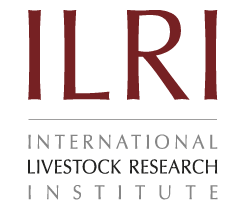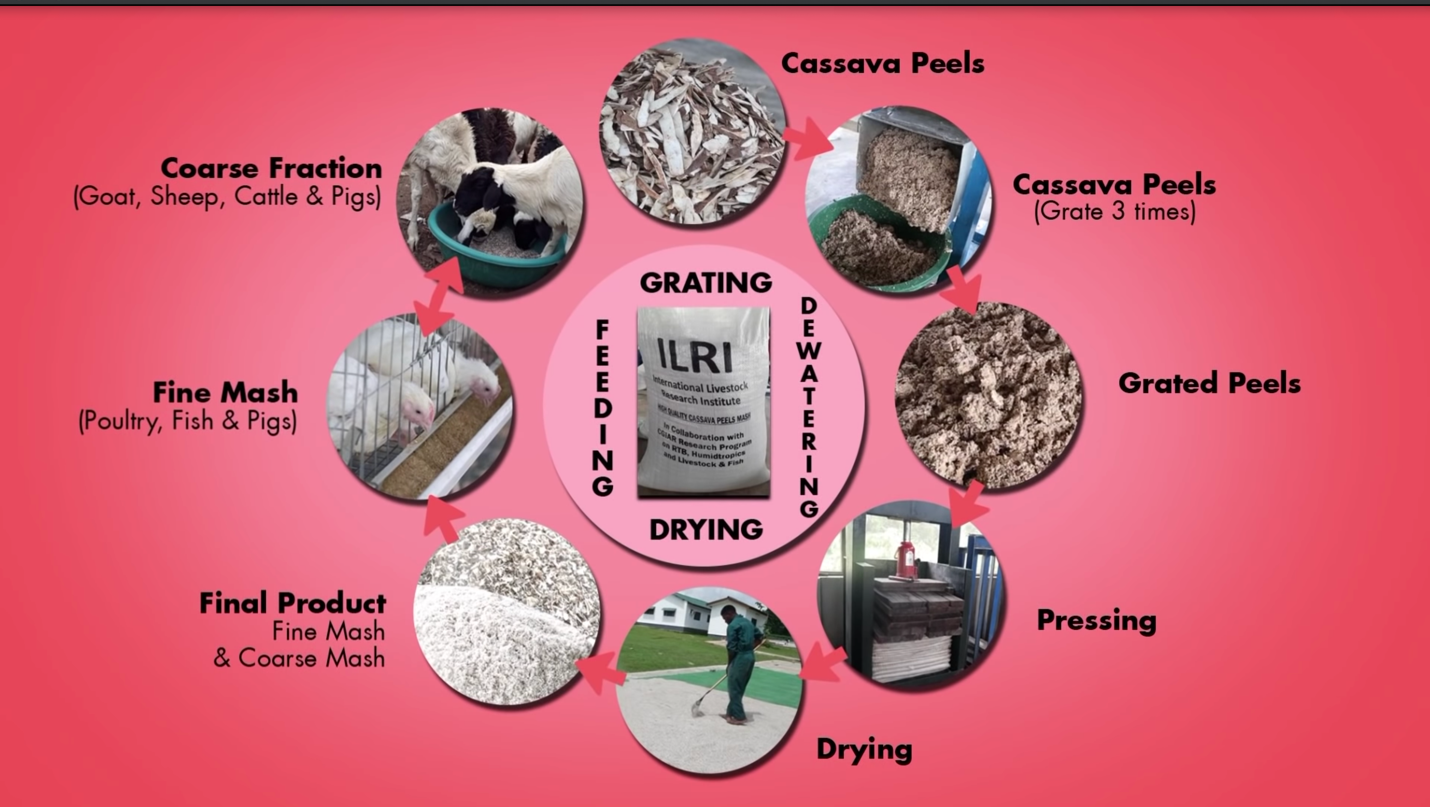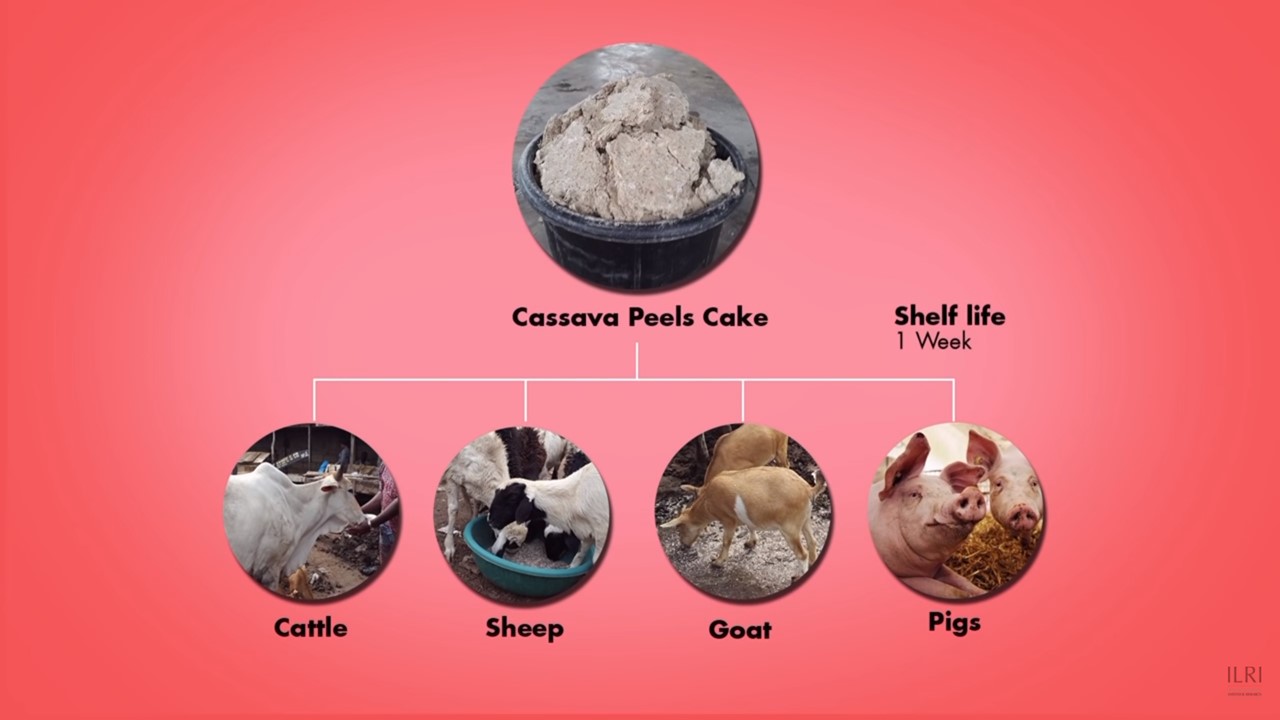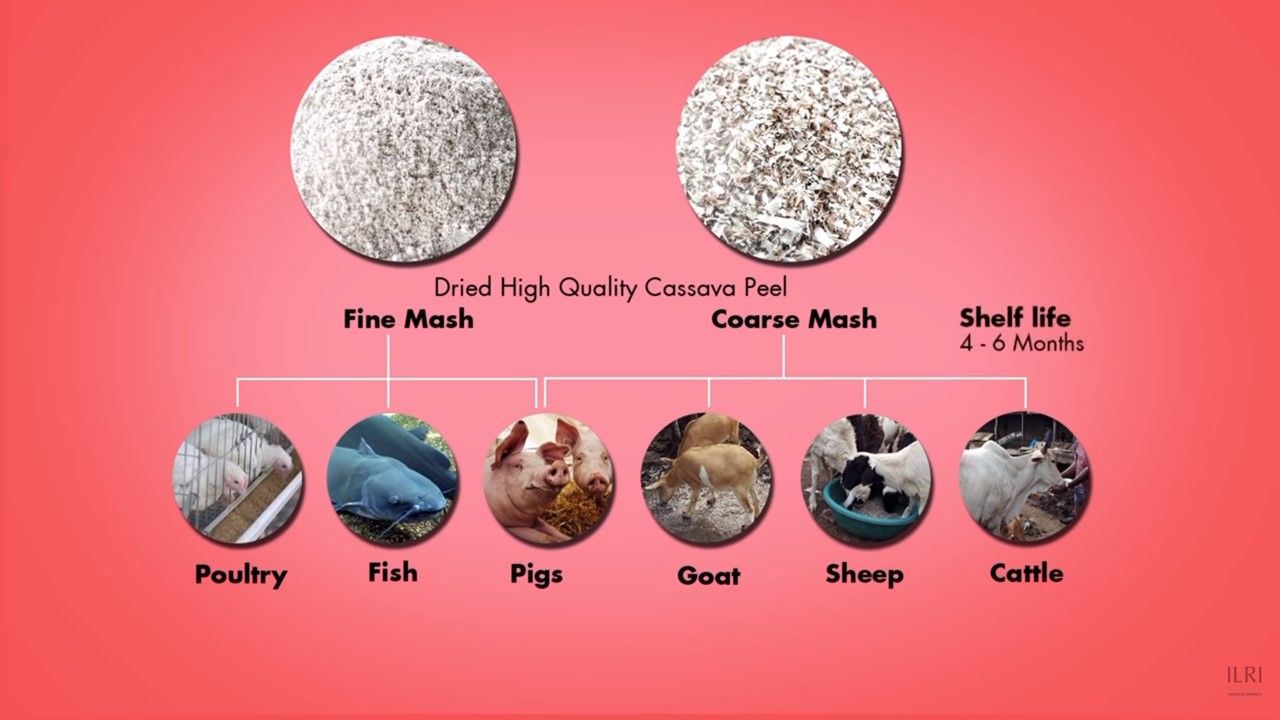Cassava Peels for Animal Feed Production
Summary
Processing of cassava roots into food or starch products leaves behind large amounts of peels that create environmental hazards in many African communities because of uncontrolled dumping and burning. Usually on 1 ton of fresh cassava roots you get 0.2-0.3 ton of peels, with a total of 40 million metric ton peels being generated annually in Sub-Saharan Africa. Cassava peels can make an excellent feed and fiber source for rearing livestock and fish but are generally not marketed at their potential prices because of drying constraints, possible aflatoxin contamination and poor storability of feed products in the case of traditional methods. Simple equipment can be used to mechanize the conversion of cassava peels into animal feeds, which make large reductions in labor costs and drying times, shelf-lives. In this way, it is possible for smallholder farmers and agri-food manufacturers to push up the value of peels from their cassava crops and overcome scarcity of nutritious animal feeds. Scaling mechanized processing of cassava peels into wet cakes and dry mashes also presents many opportunities for job creation and business development in rural parts of Africa.
About the Solution
Low-tech approaches for processing wet cassava peels into safe and hygienic animal feed sources have been developed that can be powered by small generators and carried out in small-scale farming communities with limited road connectivity and electrification. Using mechanized graters and presses, the setups makes it possible to remove five hundred liters of water from a ton of fresh peels in just 30 minutes, and reduce the drying time of peels to 6-8 hours instead of 2-3 days for traditional methods. The major savings in labor and time achieved through simple equipment allow for large volumes of cassava peels to be processed into animal feed production at high levels of cost-effectiveness. With this technology harmful substances like cyanides and aflatoxins do not accumulate in the final wet cake or dry mash product, thus safeguarding the health of animals and consumers of their produce in the food chain. Farmers and processors can organize timely and low-cost supply of cassava peels through data applications like ‘Peel Tracker’; a virtual market place in which the location, quality and amount of resources can be shared. Animal feed production from cassava peels creates additional sources of income for farmers growing the crop, and brings down prices of feed ingredients for manufacturers and livestock owners, while avoiding environmental pollution by dumping or burning of the waste.
Simple mechanized processing of cassava peels can be deployed in all cassava growing areas of Africa as it does not require large infrastructure and can be performed by farmers with limited technical training. Animal feed ingredients from cassava peelings can replace maize and wheat that are more expensive, and thus very suitable for areas in Africa that suffer from shortage of affordable high quality animal feed. Wet cakes, obtained after one round of grating and pressing cassava peels, have a shelf life of one week and can be fed in pure form to cattle, sheep, goats, and pigs. Mashes that underwent full processing and drying can be stored for 4 to 6 months, and is suitable for feeding to all types of livestock, poultry and fish. These high quality cassava peel feeds can fulfil up to 40% of the dietary needs of pigs, 27% of broody hens and 15% of broiler chicken. Proteins in cassava peel have very low levels of essential amino acids, which requires that diets are adequately supplemented with methionine and lysine from sources like soybean and maize.
The crude protein content of cassava peel animal feeds is low, amounting to 4-5.5% for wet meal, 3.1% for coarse mashes, and 2.6% for fine mashes. Crude fat contents of mashes lay at 0.8-1.7%, while starch content made up 77-78%. Fine fractions of dry mashes are higher in energy content and lower in fiber content, whereas the coarse fractions have a lower energy content and higher fiber content. When processing of cassava peels is done appropriately, the hydrogen cyanide concentrations of animal feed products lay below 10 parts per million (tolerable limit: 100ppm), and aflatoxins presence is well under the permissible 18-20 parts per billion. Wet cakes made from cassava peels typically contain 38−42% of moisture after one round of grating and dewatering, while dry mashes should have 10-12% moisture before packaging to achieve safe storage.
Before processing of cassava peels, all remnants of soil have to be removed for protecting the grater from damage and avoiding spoilage of feed products. In a first step, the hardy peels are grated up to three times to reduce the particle size, and then packed into sacks that are placed in a hydraulic press for dewatering. The resultant wet cake is left in the sacks overnight to ferment which makes hydroden cyanides in the product break down. As a second step, wet cakes can be grated again for up to three times to further reduce particle sizes, which are then sieved for separating fine and coarse fractions. Mashes can be dried in direct sunlight by spreading the product thinly over clean plastic and metal sheeting or cement slab, and stirring the materials at hourly intervals. The mashes can also be dried overheat on a roaster if need be. All the machines and processing areas have to be kept in hygienic conditions after each run to prevent fungal contamination. Disposal of process waste water should be done through seepage tanks that avoid pollutants from entering surface waters.
Commercialization
Commercially available
Solution Images
Institutions


Accompanying Solutions
Mechanized drying of cassava using flash dryers (or pneumatic dryers)



